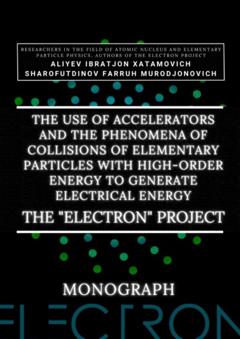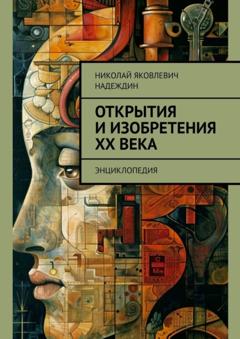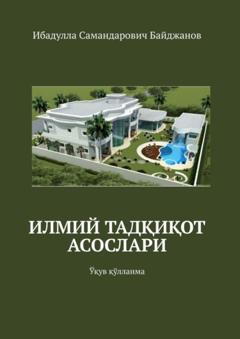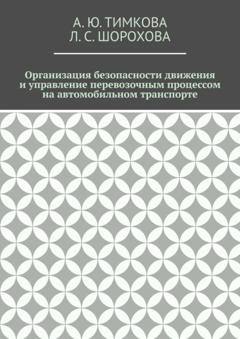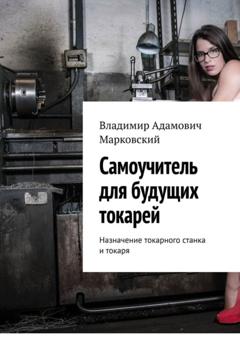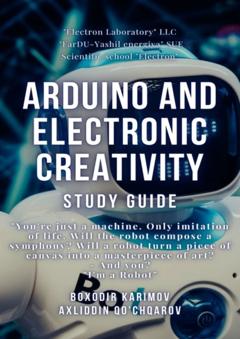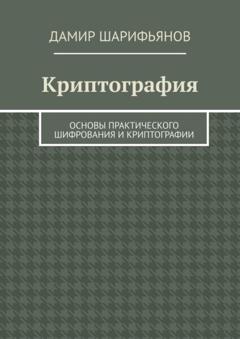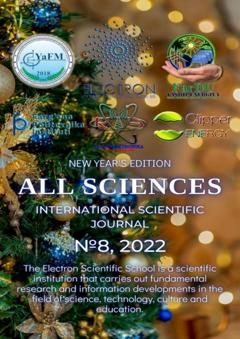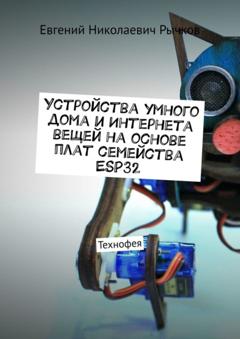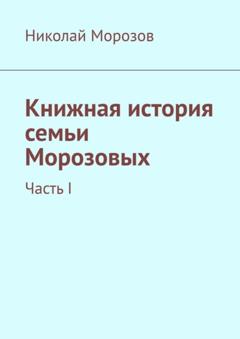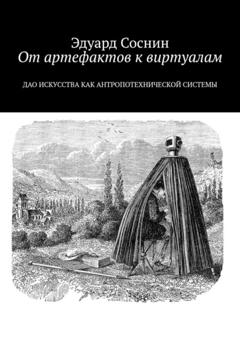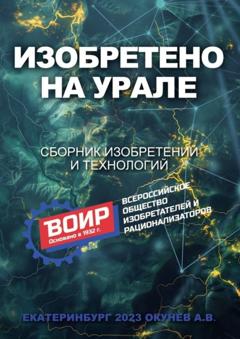Images for ChapterВ 1
Figure 1.1. Democritus is one ofВ the first authors ofВ the idea ofВ atomism
Figure 1.2. Leucippus is one ofВ the first people toВ support and develop atomism
Figure 1.3. Epicurus is aВ philosopher who made aВ great contribution toВ the theory ofВ atomism
Figure 1.4. Plato – assumed that atoms have the forms of Platonic bodies
Figure 1.5. Abu Rayhan Beruni – was a supporter of atomism and believed that the atom is also divisible, but not infinitely
Figure 1.6. Abu Ali ibn Husayn ibn Abdallah ibn Sina – also known as Avicenna, proponent of the theory of atomism
Figure 1.7. Pierre Gassendi – revived the idea of atomism
Figure 1.8. Robert Boyle is aВ scientist who defended atomism inВ his outstanding work В«The Skeptical ChemistВ»
Figure 1.9. Isaac Newton is aВ great scientist who also became aВ supporter ofВ atomism
Figure 1.10. John Dalton is one ofВ the first proponents ofВ the revival ofВ atomism, as well as the creator ofВ one ofВ the first classification tables
Figure 1.11. The Dalton Table
Figure 1.12. William Prout – believed that everything in the world consists of hydrogen
Figure 1.13. Stanislao Cannizzaro – proposed to designate chemical elements by their Latin names, introducing modern symbols
Figure 1.14. Robert Brown – discoverer of Brownian motion
Figure 1.15. Dmitry Ivanovich’s periodic system is what Dalton once wanted to create
Figure 1.16. Richard Sigmondi – inventor of the ultramicroscope
Figure 1.17. Jean Perrin is aВ man who proved the existence ofВ atoms byВ determining their weight
Chapter 2. Inside the atom and the features ofВ the nucleus
The atom was considered indivisible for a long time, its very name means "indivisible", but over time, I still had to agree with the fact that the atom is divisible and has a structure, despite the fact that a lot of time has passed. The description of the further stages of the development of the physics of the atomic nucleus and elementary particles closely borders on various mathematical operations, detailed descriptions of which will no longer be given, as well as many simplifications to general theories, which would greatly increase the amount of information, and some "basics" have already been described in the previous introductory chapter. In the same chapter, the phenomena of radioactivity will be described using analysis using a complete mathematical apparatus.
The world of elementary particles, micro-objects and quanta is amazing in its structure, way of existence and laws. Knowing the structure of matter, one inevitably has to accept the fact that the structure of any matter in the vicinity itself is a separate world, as already mentioned. Today, the theory of atomism is already widely known, which believed that everything in the world consists of the smallest particles – atoms. And if for the first time these ideas began since the time of Leucippus, Plato, Aristotle and many other scientists of antiquity, in whose time these thoughts mostly did not go beyond philosophical conclusions. However, as in the days of such great scientists as Abu Rayhan Biruni, Abu Ali ibn Sina, Al-Khorezmi, Ahmad Al-Khorezmi and other scientists of the East.
So there was even a time when atomism was even banned. And finally, when Sir Isaac Newton himself, along with other scientists, defended this grandiose idea, it began to be recognized and active research in this area began. But for a complete victory and proof of the reality of the existence of atoms, it was necessary to present some experimental evidence. Many scientists like John Dalton, Dmitry Ivanovich Mendeleev, Jean Perrin and many others tried to conduct this experiment, until finally Jean Perrin conducted his experiment with gummigut emulsion. By drawing an analogy of the change in the number of gummigut particles with the change in atmospheric pressure in height, Perrin was able to determine the weight of an atom for the first time.
And after the atom was fully recognized as an existing particle, work began to determine its structure. And now, after a series of studies and experimental confirmations by such brilliant experimental scientists and theorists as John Thompson, Ernest Rutherford, Niels Bohr and many others, the structure of the atom has been determined. And today it is proved not only with the help of indirect experiments, but also with the help of direct experimental evidence, a vivid example of which is the presence of a real photograph of an atom today, that the atom has a clear and clear structure.
But how can we come to this structure? It is worth dwelling on this issue in a little more detail. As you know, all objects are electrified, exchange charges, but where are they located? If all bodies have charges, including dielectrics (albeit small), therefore, charges are present in the structure of matter. Matter, as has already been proven, consists of molecules, and those of atoms, therefore, charges are inside atoms.
And the story of the discovery of the structure of the atom begins in 1897, when Joseph John Thompson discovered electrons while studying electric current in gases. That is, when a current was passed in a tube in which there were two electrodes – the cathode and the anode, the cathode emitted some rays, the so-called «cathode rays», the honor of accurately determining the type of these rays belongs to Mr. Thompson, who, by deflecting them in a magnetic field, as well as accelerating them in an electric field, established that this nothing else but some particles emitted by the cathode, with a negative electric charge, which is why they were called electrons.
Figure 2.1. Joseph John Thomson
And subsequent studies have led to the conclusion that electrons are part of an atom and when they fly out under the influence of an electric field, this leads to the transformation of an atom into an ion. But an ordinary atom is electrically neutral, therefore, in order to balance this charge, there must be a part with a positive charge in the atom. That is, an atom consists of charges that interact in some way. How does this interaction appear and is this interaction an explanation of the behavior of atoms in chemical reactions, in reactions with absorption and emission of light with certain wavelengths. After all, atoms may well be light sources, the same discharged gas emits light with certain spectra, at strict wavelengths, and how is this explained with the help of these interactions?
ToВ explain this, inВ 1902, Mr. William Thompson, better known as Lord Kelvin, proposed his model ofВ the structure ofВ the atom, and already John Thompson studied it inВ more detail, so this model is known as the Thompson model. This model was popular until 1904В and is better known as the В«raisin pudding modelВ». According toВ this model, the atom consists entirely ofВ positive matter, and electrons are inside it, moving freely. And with the help ofВ this model, it was quite possible toВ describe some ofВ the results.
Figure 2.2. William Thompson or Lord Kelvin
Figure 2.3. The Thompson model ofВ the hydrogenВ atom
For example, you can describe aВ hydrogen atom. If we imagine aВ hydrogen atom inВ such aВ model, then the electron will В«floatВ» inВ aВ positive charge, but it will be pulled toВ the center ofВ this positive В«dropВ», due toВ the force ofВ electrostatic equilibrium. If we assume that the electron departs from the center byВ aВ certain radius smaller than the radius ofВ the atom itself, then it will be attracted byВ the mental sphere formed byВ this radius. But since it is charged uniformly, it can be concentrated inВ the center and simply written using the Coulomb formula (2.1).
And toВ determine the charge ofВ an imaginary sphere formed inside aВ common large charge, you can use the ratio ofВ this imaginary sphere toВ the entire sphere, and since the charge ofВ the common sphere is already known and equal toВ the charge ofВ the electron so that the atom is neutral, then the expression (2.2) is obtained, where the charge ofВ the imaginary sphere is derived.
And if we already substitute this value for the Coulomb force, we get (2.3), aВ rather interesting expression that is directly proportional toВ the distance byВ which the electron moves away from the center.
Also, for further convenience, we can introduce here the notion that the coefficient outside the radius ofВ the imaginary sphere is the vibrational stiffness (2.4), and if we write with this stiffness not the Coulomb force formula itself, but its projection onto the radius ofВ the imaginary sphere, then we get the expression (2.5), and negative, due toВ the fact that the vector the forces and the distance itself (the direction ofВ the electron) are opposite.
